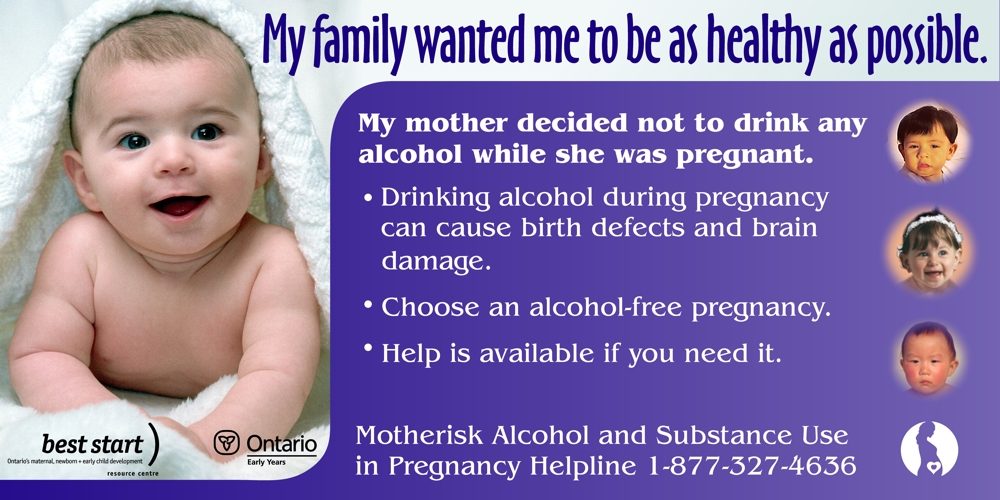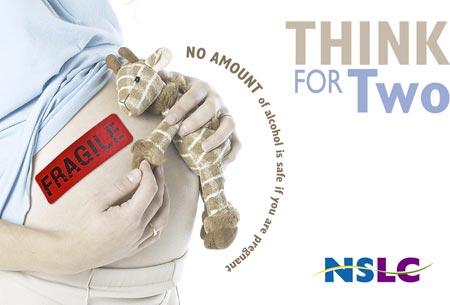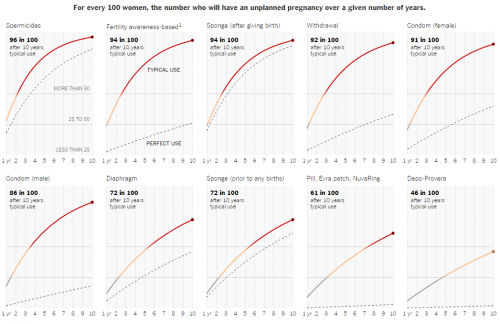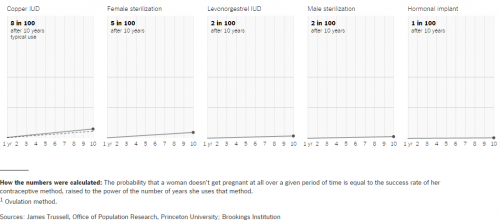Flashback Friday.
The term “fetal alcohol syndrome” (FAS) refers to a group of problems that include mental retardation, growth problems, abnormal facial features, and other birth defects. The disorder affects children whose mothers drank large amounts of alcohol during pregnancy.
Right?
Well, not exactly.
It turns out that only about 5% of alcoholic women give birth to babies who are later diagnosed with FAS. This means that many mothers drink excessively, and many more drink somewhat (at least 16 percent of mothers drink during pregnancy), and yet many, many children born to these women show no diagnosable signs of FAS. Twin studies, further, have shown that sometimes one fraternal twin is diagnosed with FAS, but the other twin, who shared the same uterine environment, is fine.
So, drinking during pregnancy does not appear to be a sufficient cause of FAS, even if it is a necessary cause (by definition?). In her book, Conceiving Risk, Bearing Responsibility, sociologist and public health scholar Elizabeth M. Armstrong explains that FAS is not just related to alcohol intake, but is “highly correlated with smoking, poverty, malnutrition, high parity [i.e., having lots of children], and advanced maternal age” (p. 6). Further, there appears to be a genetic component. Some fetuses may be more vulnerable than others due to different ways that bodies breakdown ethanol, a characteristic that may be inherited. (This may also explain why one fraternal twin is affected, but not the other.)
To sum, drinking alcohol during pregnancy appears to contribute to FAS, but it by no means causes FAS.
And yet… almost all public health campaigns, whether sponsored by states, social movement organizations, public health institutes, or the associations of alcohol purveyors tell pregnant women not to drink alcohol during, before, or after pregnancy… at all… or else.
The Centers for Disease Control (U.S.):
The National Organization on Fetal Alcohol Syndrome:
Best Start, Ontario’s Maternal Newborn and Early Child Development Resource Centre:
Nova Scotia Liquor Commission:
These campaigns all target women and explain to them that they should not drink any alcohol at all if they are trying to conceive, during pregnancy, during the period in which they are breastfeeding and, in some cases, if they are not trying to conceive but are using only somewhat effective birth control.
So, the strategy to reduce FAS is reduced to the targeting of women’s behavior.
But “women” do not cause FAS. Neither does alcohol. This strategy replaces addressing all of the other problems that correlate with the appearance of FAS — poverty, stress, and other kinds of social deprivation — in favor of policing women. FAS, in fact, is partly the result of individual behavior, partly the result of social inequality, and partly genetic, but our entire eradication strategy focuses on individual behavior. It places the blame and responsibility solely on women.
And, since women’s choices are not highly correlated with the appearance of FAS, the strategy fails. Very few women actually drink at the levels correlated with FAS. If we did not have a no-drinking-during-pregnancy campaign and pregnant women continued drinking at the rates at which they drank before being pregnant, we would not see a massive rise in FAS. Only the heaviest drinking women put their fetus at risk and they, unfortunately, are the least likely to respond to the no-drinking campaign (largely due to addiction).
Originally posted in 2010 and developed into a two-page essay for Contexts magazine.
Lisa Wade, PhD is an Associate Professor at Tulane University. She is the author of American Hookup, a book about college sexual culture; a textbook about gender; and a forthcoming introductory text: Terrible Magnificent Sociology. You can follow her on Twitter and Instagram.










